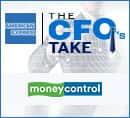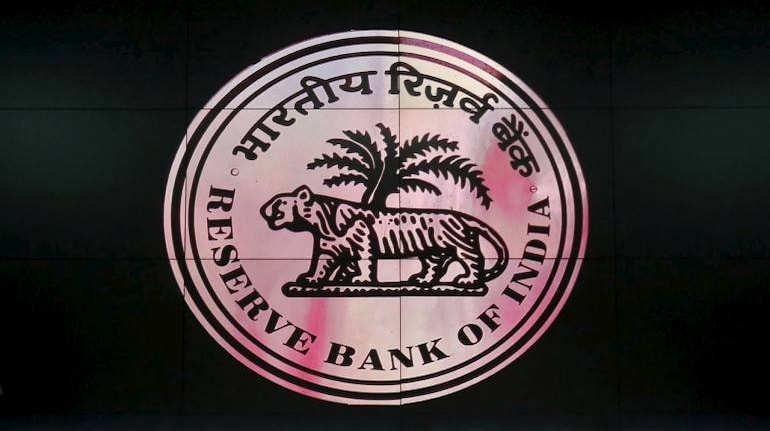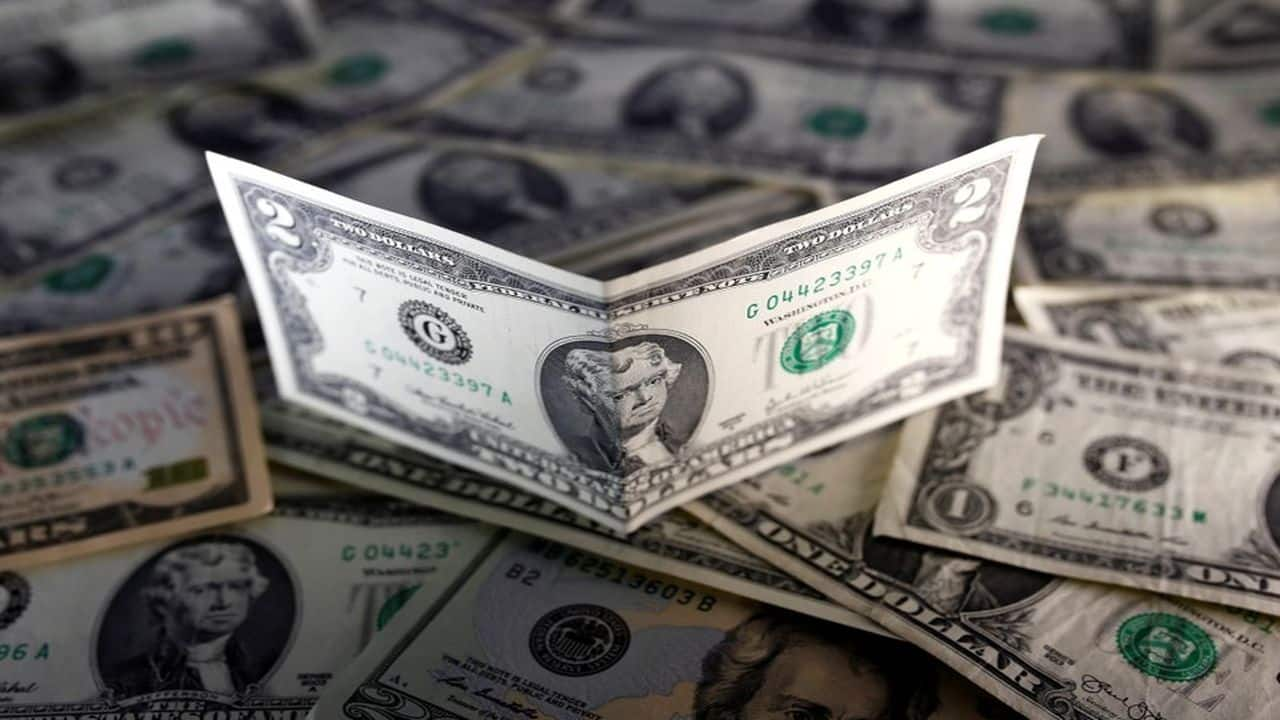No specific plan needed for invoking Resolution Framework: RBI
The Reserve Bank had announced a resolution framework to help the entities facing financial stress on account of disruption in normal business activity on account of coronavirus pandemic.
PTI
Dec 12, 2020 / 09:07 PM IST
The Reserve Bank on December 12 said that borrowers opting for resolution of COVID-related stressed loans are not required to submit any specific plans.
In FAQs on Resolution Framework for COVID-19 related stress, the RBI said that borrowers can invoke the resolution framework by merely submitting a request to the lending institutions.
The Reserve Bank had announced a resolution framework to help the entities facing financial stress on account of disruption in normal business activity on account of coronavirus pandemic. "The Resolution Framework does not require any resolution plan in any form to be submitted to the lending institutions at the time of request for invocation. Rather, for invocation, the borrowers are required to merely submit a request to the lending institutions for being considered under the Resolution Framework," the RBI said.
On submission of the request, the lending institutions will take an in-principle decision as per their Board-approved policy on invoking the Resolution Framework, it said. After the invocation of the Resolution Framework, the specific contours of the resolution plan to be implemented will be decided by the lending institutions, in consultation with the borrower, the RBI said.
It further said that for personal loans the resolution plan is to be implemented within 90 days from the date of invocation, while for all other loans a period of 180 days from the date of invocation has been prescribed.
Follow our full coverage of the coronavirus pandemic here.












_2020091018165303jzv.jpg)

























